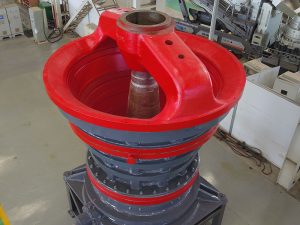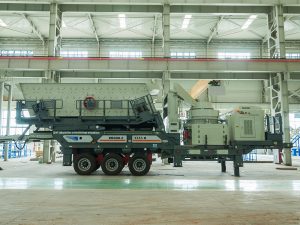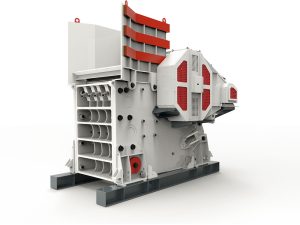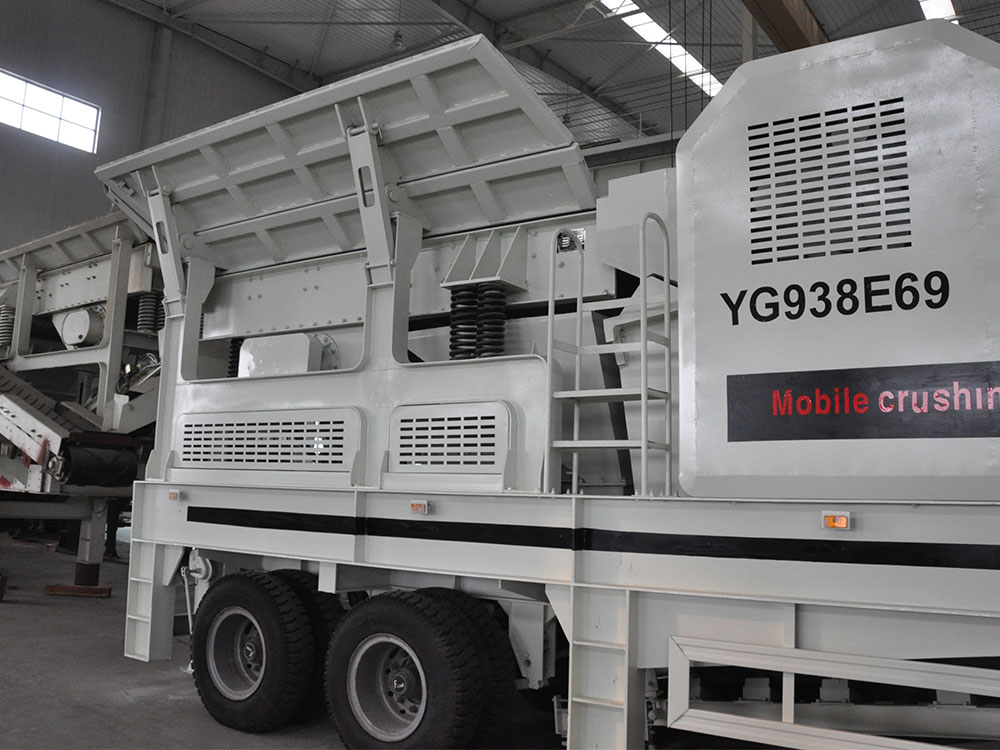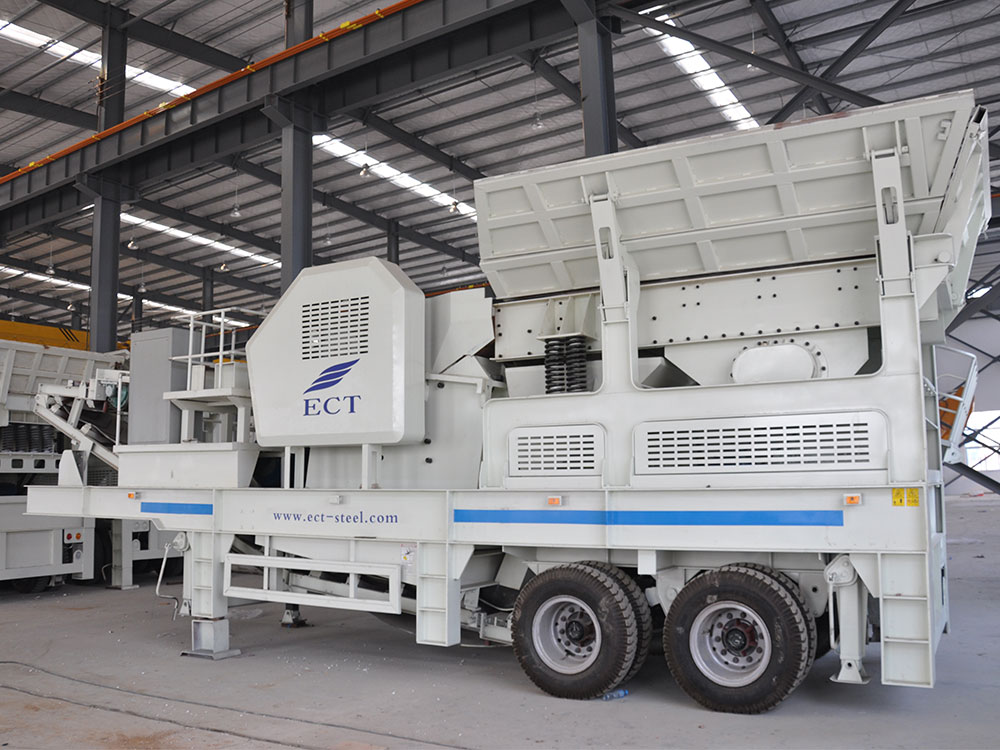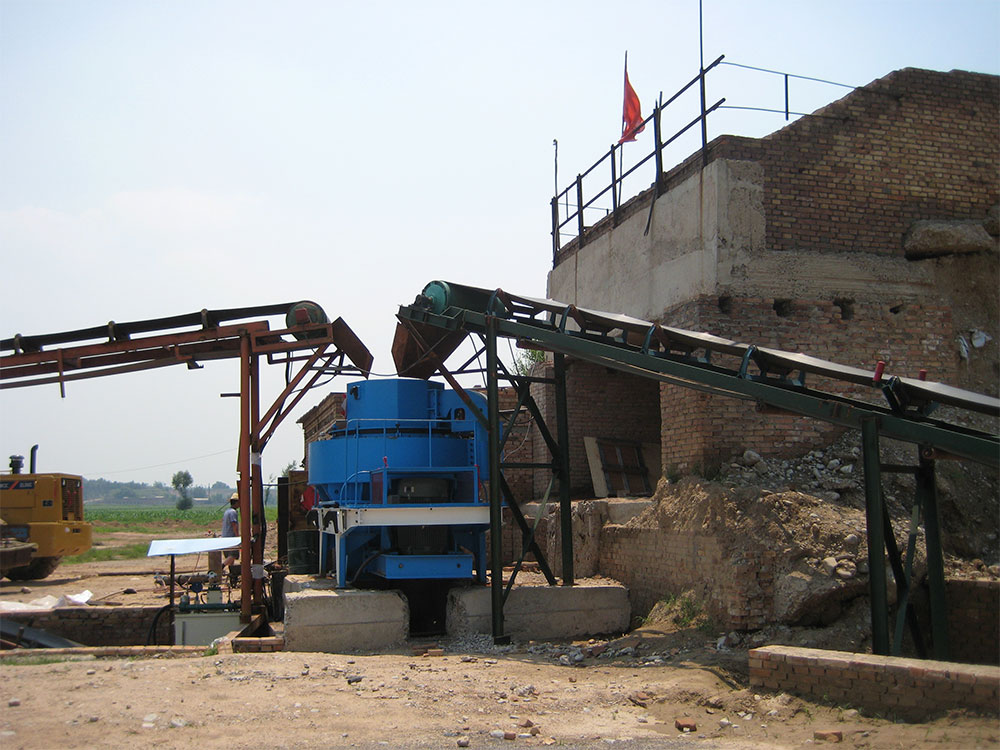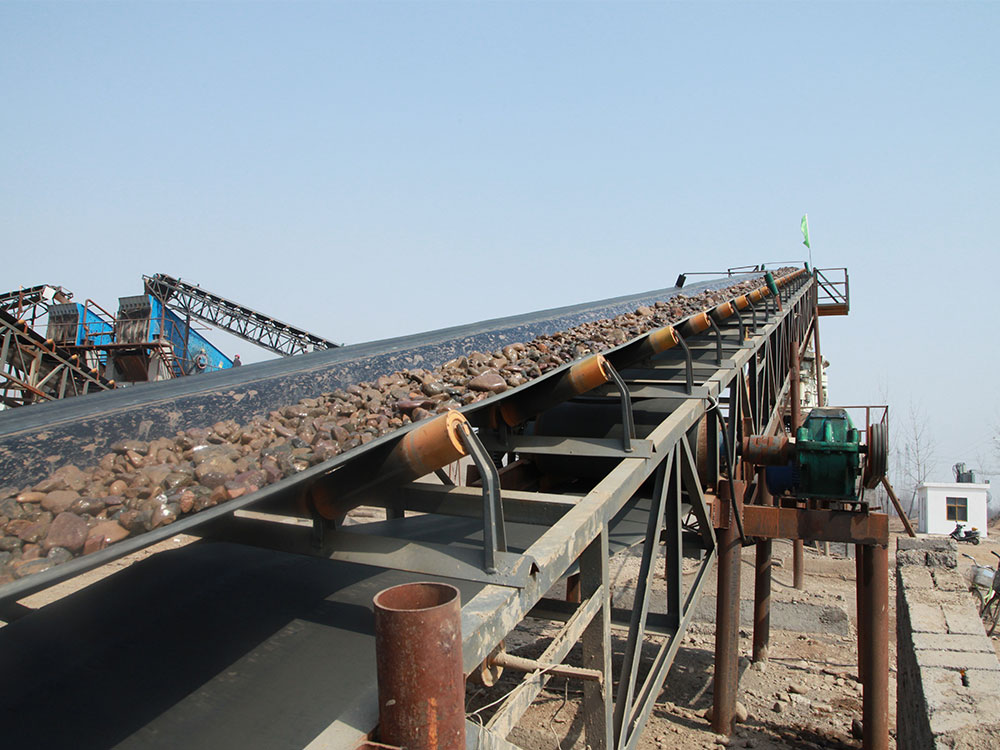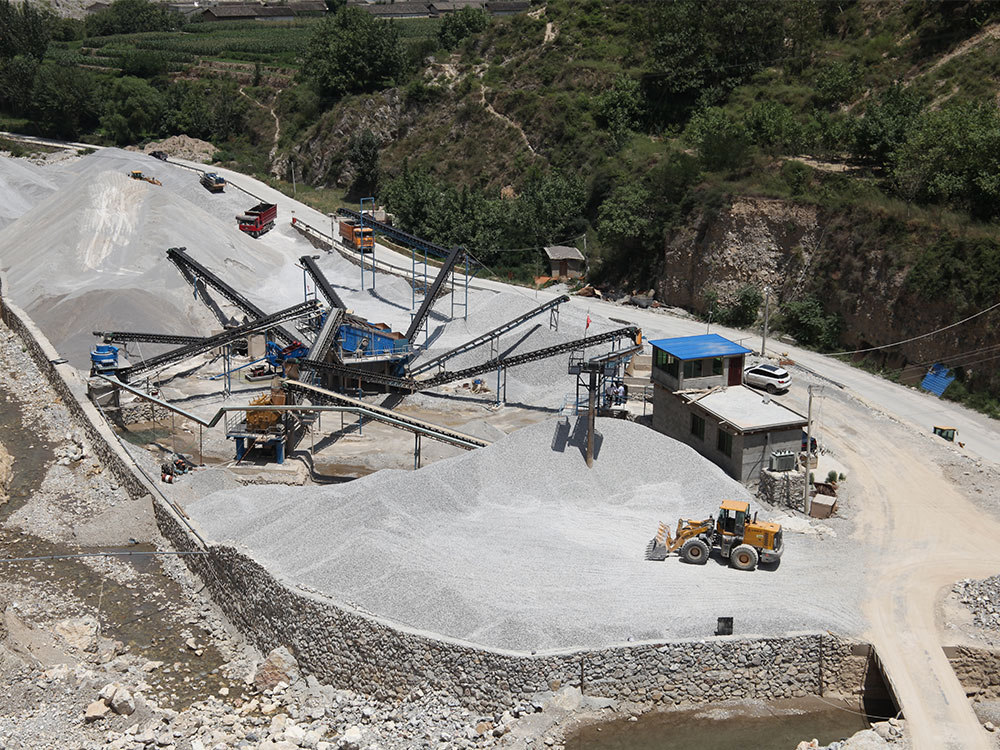In the process of urbanization, the disposal of construction waste has always been a thorny issue. However, with the progress of science and technology and the enhancement of environmental awareness, converting construction waste into sand and gravel aggregate has become an effective way of resource utilization. Among them, mobile crusher, with its high efficiency and flexibility, has become a mainstream tool in this field, and can easily reach the goal of producing 2000 tons per day. The following are the key technologies and implementation points in this process:
I. Core Steps of Construction Waste Recycling Process
Pre-treatment and Classification
Construction waste is often mixed with wood, metal and other impurities, which will not only affect the crushing effect, but may also cause damage to the equipment. Therefore, before crushing, construction waste needs to be pre-treated to remove these impurities. The pre-treated construction waste, such as concrete blocks, waste bricks and tiles and pavement materials, will be fed evenly into the mobile crushing plant via the feeder. This step ensures a smooth subsequent crushing process.
Multi-stage crushing and screening
Rough crushing: Large pieces of construction waste first enter the jaw crusher for rough crushing. With its powerful crushing force, the jaw crusher can quickly crush the material to a particle size of no more than 150mm, laying the foundation for the subsequent medium and fine crushing operations.
Medium and fine crushing: After coarse crushing, the material will enter the cone crusher or impact crusher for secondary crushing. These equipments, through different crushing principles, will further crush the materials into aggregates of no more than 30mm. Cone Crusher is suitable for handling high hardness materials, while Impact Crusher is more suitable for crushing materials with medium hardness and below.
Sand making and shaping: finally, the aggregate will enter the impact sand making machine for sand making and shaping, VSI series sand making machine adopts the principle of “stone hitting stone” or “stone hitting iron”, through the high-speed rotor to impact the aggregate into the sand. The VSI series sand making machine adopts the principle of “stone hitting stone” or “stone hitting iron”, through the high-speed rotation of the rotor, the aggregate will be impacted into 0-5mm high quality sand. In this process, the grain shape is perfectly shaped and the powder content is effectively controlled.
Mobile Production Line Configuration for Achieving 2,000 Tons Per Day
In order to achieve efficient production, the following equipment combinations are recommended:
Main equipment:
Mobile Jaw Crusher: 1 set, model such as PE-750×1060, with a processing capacity of 150-200 tons/hour. This equipment is specially used for crushing large construction waste, featuring flexible movement and high crushing efficiency.
Mobile Impact Crusher/Cone Crusher: 2 sets in parallel, model such as HPT300, with a total processing capacity of 300-400 tons/hour. These plants are used for medium crushing operation, which can further crush materials to the required size.
Mobile Sand Making and Screening Machine: 1 set, such as VSI6X1150, which integrates the impact crusher and 3-layer vibrating screen, and is able to complete the sand making and screening operations at the same time, greatly improving the production efficiency.
Auxiliary system:
Pulse bag filter: Effectively control the dust emission and ensure the emission concentration is less than 10mg/m3. This equipment is of great significance to protect the environment and employees' health.
Intelligent PLC control system: real-time monitoring of equipment status, reducing the rate of failure and downtime. This system can warn potential failure in advance to ensure the stable operation of the production line.
Bucket wheel sand washer (optional): used to reduce the mud content of aggregates and improve the quality of aggregates. This equipment can be configured according to actual needs.
Capacity calculation shows that the theoretical capacity can reach 17,000 tons based on 20 hours of operation per day. After deducting sorting and transfer losses, the actual capacity can reach the target of 2,000 tons per day. This capacity fully meets the demand for resource utilization of construction waste.
Third, the commercial value of recycled aggregates and policy support
Economic Benefits
The production cost of recycled aggregate is only about 60% of that of natural sand and gravel, but the selling price can reach 30-80 RMB/ton. With a production capacity of 2,000 tons/day, the monthly gross profit can be more than 3 million yuan. This means that the payback period is only 3-6 months, which is extremely cost-effective.
Resourceful application
Recycled aggregate has a wide range of applications in many fields. For example, it can be used to make permeable bricks, no-burn bricks and other recycled building materials; it can also be used in road bedding, pile foundation filling and other engineering backfill areas. In addition, silt and stone powder can be made into environmentally friendly derivatives, such as recycled planting soil. These applications not only solve the problem of construction waste disposal, but also provide valuable resources for the society.
With the continuous progress of technology and the continuous support of policy, converting construction waste into sand and gravel aggregate has become a high-quality investment project with mature technology and double-driven policy and market. By reasonably configuring the mobile crushing production line, we can promote this resource utilization to more areas and industries, contributing to the sustainable development of the city.



